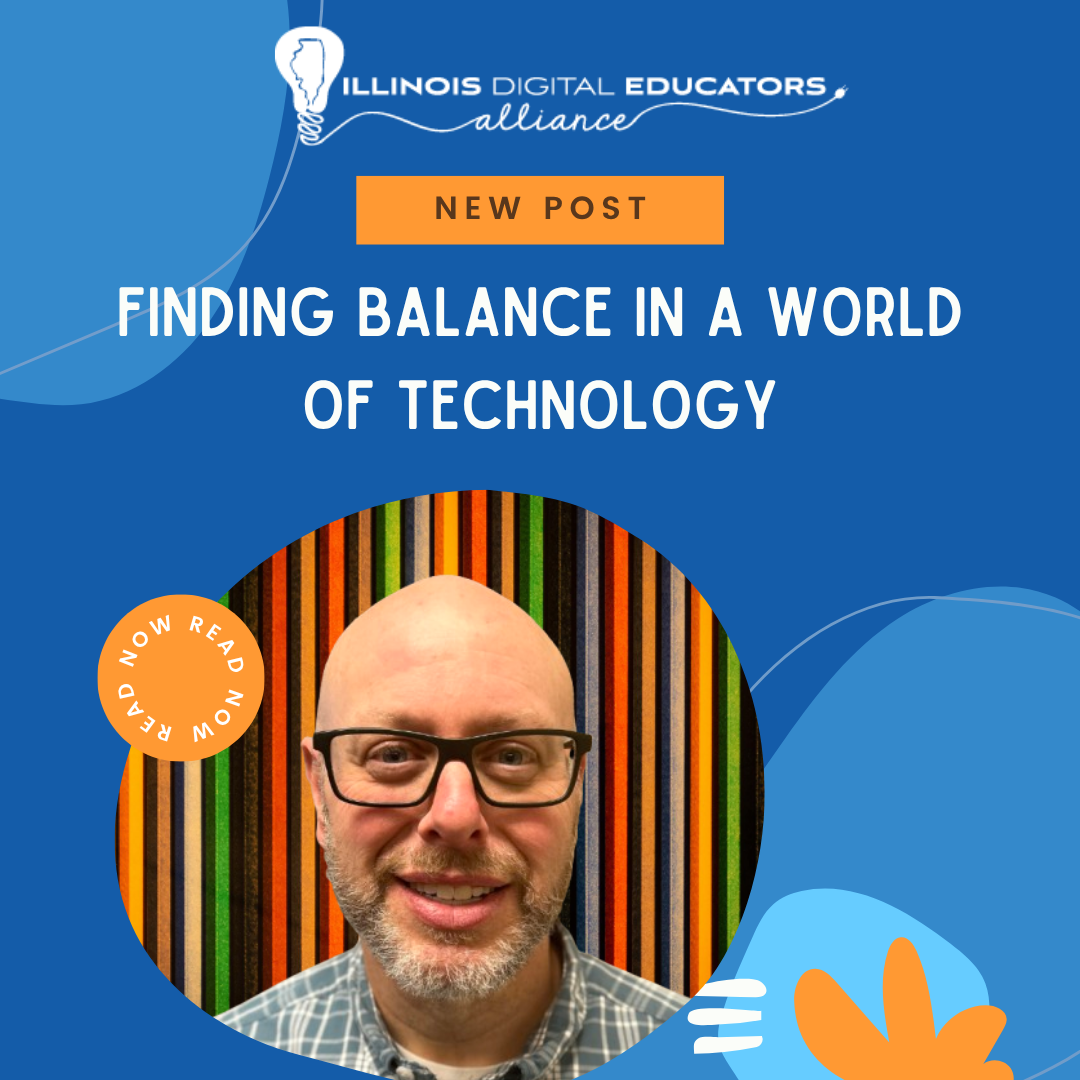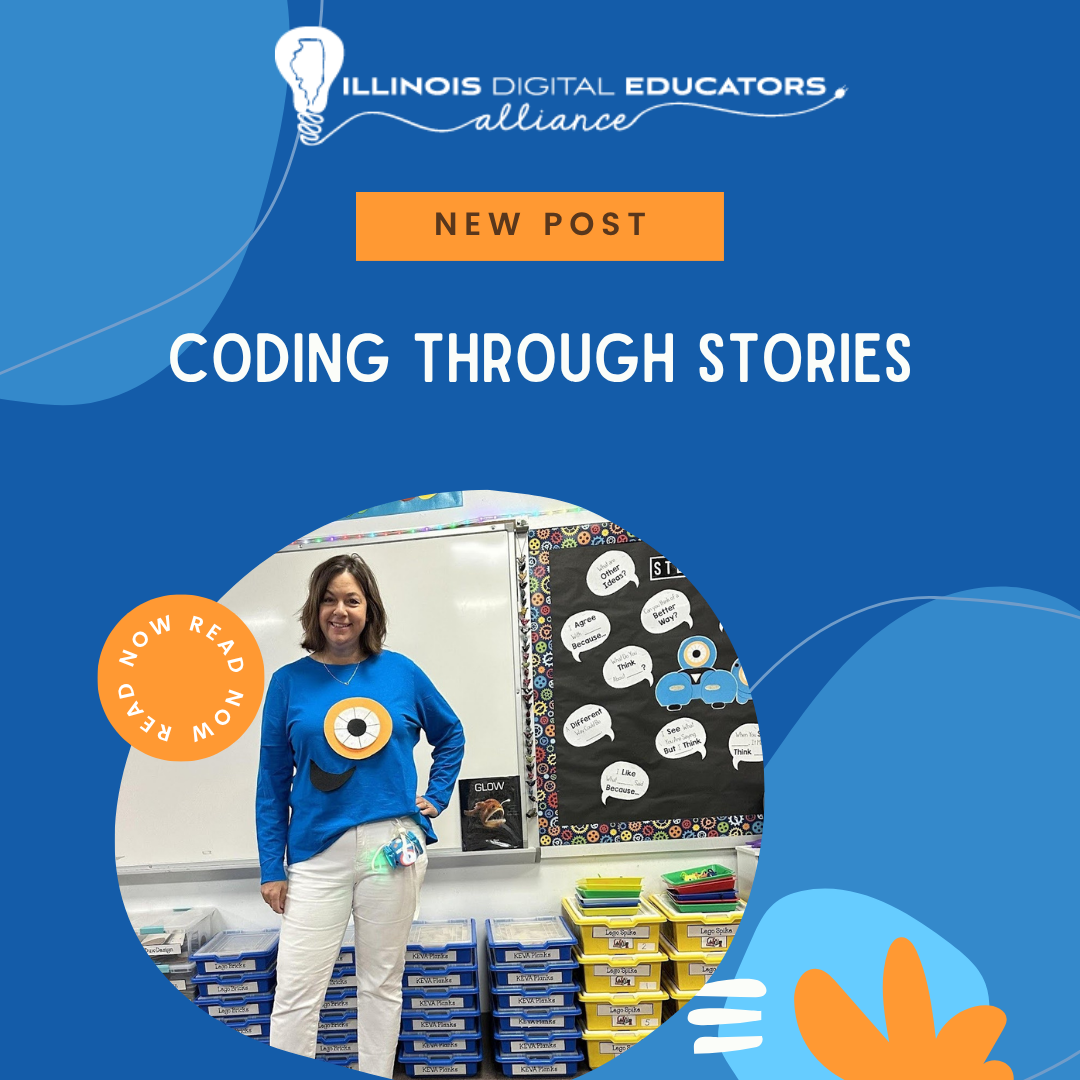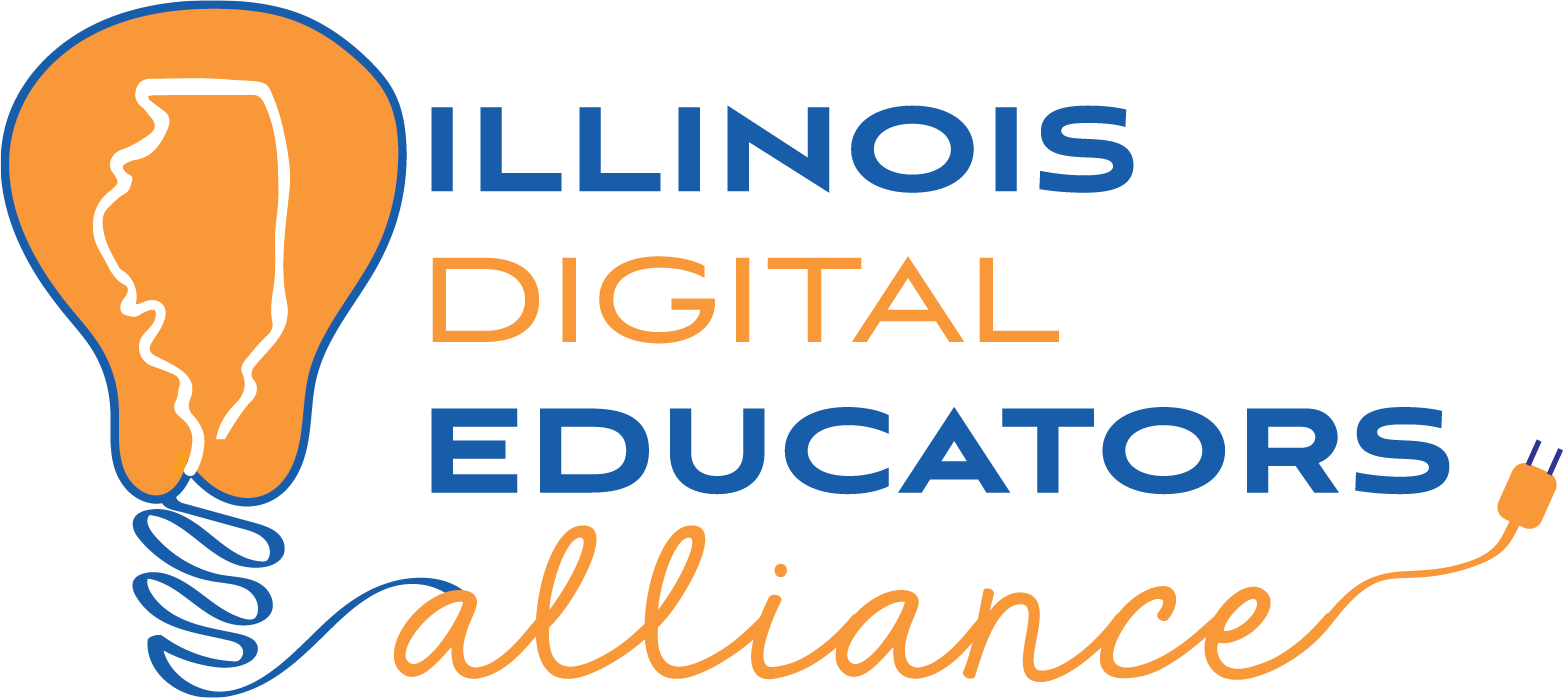Embracing AI in K-12 Education: Turning Fear into Opportunity
The rapid advancement of artificial intelligence (AI) has created waves of excitement and apprehension across many industries, including education. For K-12 educators, AI holds the promise of transforming teaching and learning. Yet, many teachers also harbor concerns: Will AI replace my role? Can it be trusted? Will it widen the digital divide? These fears are valid, but they don't have to hold educators back. Instead AI can lighten the load of educators' plates and provide a way to change the face of student projects.
Understanding the Fears
The apprehension surrounding AI in K-12 education typically falls into a few categories:
1. Fear of Job Replacement
The idea of machines replacing human teachers is daunting. Teachers worry that AI might render their roles redundant, reducing teaching to data-driven algorithms.
2. Mistrust of Technology
Concerns about the accuracy, fairness, and transparency of AI systems are prevalent. What if an AI tool reinforces biases or gives incorrect feedback?
3. Overwhelming Complexity
Many educators feel unprepared to use AI effectively, fearing it will add to their already overwhelming workload.
4. Equity Concerns
Will AI tools be accessible to all students, or will they exacerbate existing inequities in education?
Shifting the Mindset
We can shift the mindset by seeing AI as something to fear and viewing it as a tool to assist enhancement. Here are a few ideas to help shift our mindset of AI:
1. Redefining the Role of Teachers
AI can never replace the human touch that educators bring to their classrooms—compassion, inspiration, and adaptability are uniquely human skills. Instead of viewing AI as a competitor, think of it as a collaborator. AI can handle repetitive tasks and even support teachers in coming up with a variety of hands-on activities. My team last year asked AI to help create a hands-on activity and instead of spending our whole 40 minutes trying to come up with an idea, our AI tool helped us in 5 minutes. We were able to create more lessons for the week than we had done in the past.
2. Focusing on Student-Centric AI
AI tools can be tailored to individual learning needs, offering personalized feedback and support that might be challenging for a single teacher to provide in a diverse classroom. Educators can leverage this to better meet students where they are. We can have students paste their written work into AI and ask for advice on grammar and the strength of their thesis statements. This provides a non-bias form of feedback that seems less threatening than one of their peers.
3. Cultivating a Growth Mindset
Educators should model curiosity and lifelong learning for their students. By experimenting with AI tools, sharing experiences, and iterating, they can showcase how embracing change can lead to growth. This also helps show students the correct way to use AI and how to advance learning instead of taking over assignments.
4. Changing the Nature of Assignments
When AI can easily handle tasks traditionally given to students, it's time to rethink how we assess learning. Instead of relying on rote assignments that AI can replicate, educators should design more innovative and engaging ways for students to demonstrate their understanding. Hands-on projects, collaborative work, and creative assignments encourage deeper thinking and problem-solving, skills that AI cannot replace. For example, instead of writing a standard essay, students might create multimedia presentations, build models, or design experiments to showcase their knowledge. These activities not only make learning more interactive but also help students develop critical skills such as teamwork, adaptability, and creativity—essential traits for thriving in a world increasingly shaped by technology.
The Opportunity Ahead
AI is not a replacement for educators but a partner that can help them achieve what was once impossible. By addressing fears with knowledge and curiosity, K-12 educators can lead the charge in creating classrooms where AI amplifies teaching and learning. The future of education isn’t about choosing between humans and machines—it’s about leveraging both to build a brighter future for every student.
Works Cited
Brookings Institution. "The Promise and Pitfalls of AI in Education." Brookings Institution. Accessed November 21, 2024. https://www.brookings.edu.
EdSurge. "AI and Education." EdSurge. Accessed November 21, 2024. https://www.edsurge.com.
International Society for Technology in Education (ISTE). "Professional Development Resources for Educators." ISTE. Accessed November 21, 2024. https://www.iste.org.
Khan Academy. "AI Tutor: Khanmigo." Khan Academy. Accessed November 21, 2024. https://www.khanacademy.org.
Microsoft Education. "AI Tools for K-12 Classrooms." Microsoft Education. Accessed November 21, 2024. https://education.microsoft.com.
Partnership on AI. "Guidelines for Ethical AI in Education." Partnership on AI. Accessed November 21, 2024. https://www.partnershiponai.org.
UNESCO. "AI and Bias in Education: Guidelines for Ethical Implementation." UNESCO. Accessed November 21, 2024. https://www.unesco.org.
U.S. Department of Education. "Artificial Intelligence and the Future of Teaching and Learning." U.S. Department of Education. Accessed November 21, 2024. https://www.ed.gov.
World Economic Forum. "AI in Education: Examples and Uses."
World Economic Forum. Accessed November 21, 2024.
https://www.weforum.org.

Sara Reynolds has been a classroom teacher for 6 years and currently teaches 3rd Grade in East Moline. She has been a Technology Innovator for 2 years where she supported teachers integrating technology during the heart of the pandemic. She’s passionate about gamification and having students create while learning. Sara is the Governing Board member for the IDEA Blackhawk Chapter.




